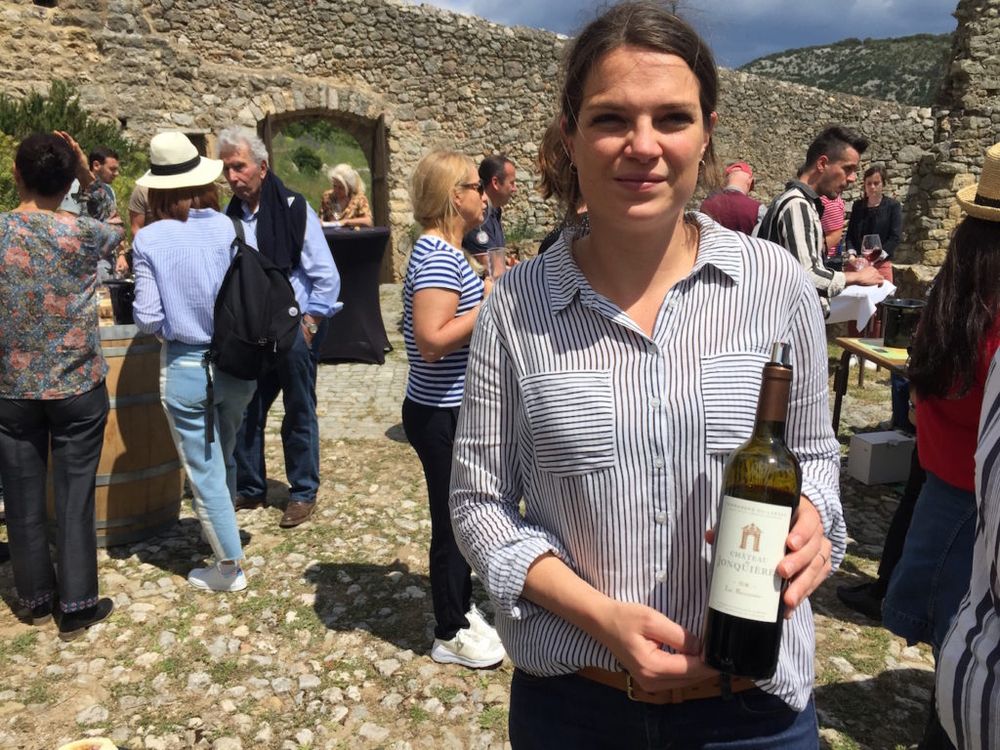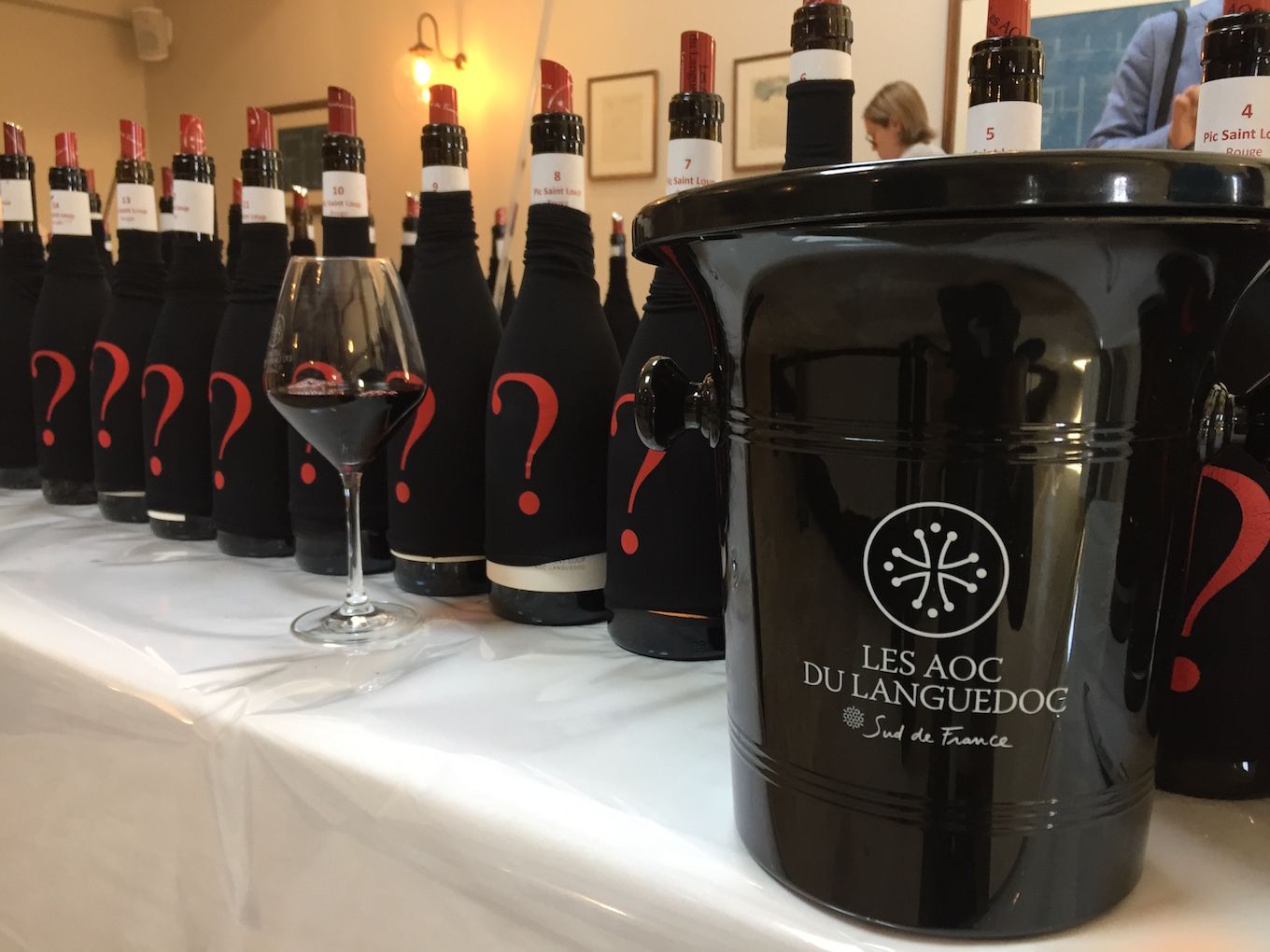As more top quality wines emerge in the Languedoc so the top ones naturally want to differentiate themselves, argues Smart.
No one who visits the Languedoc can fail to be impressed by the diversity of terroir, the energy of the winemakers and the number of exciting wines.
Without the burden of tradition and regulation in, say, Bordeaux and Burgundy, producers no doubt feel freer to express themselves innovatively. The catch is that customers around the world have spotted this too. The Chinese are year by year paying more for the region’s wines and the Swedes are getting a taste for that uncomplicated British staple, Picpoul de Pinet.

Oysters near Pinet where Picpoul de Pinet is the perfect match
A trip as guest of the region’s wine growers’ association, the CIVL (Conseil Interprofessionnel Des Vins AOC Du Languedoc et Des IGP de Sud de France), is a cosmopolitan affair. The organisation’s French-speaking Chinese representative in Beijing has worked for them now for six years. “It used to be ‘bottle, bottle, bottle’ but now the Chinese are getting to know Languedoc,” she explains. So as the region’s wines improve and gain prestige higher prices follow inevitably in the wake.
What claims to be the world’s largest wine region is home to 23 Languedoc appellations and 19 PGIs (protected geographical indication areas) exporting roughly a third of the 178 million bottles produced each year. In Britain, AOC Faugères is one of the well known names. Among the reds that stand out is Vignobles Jeanjean’s Mascochistes 2016 from Domaine de Fenouillet, 40% Carignan, 30% Grenache and 30% Syrah with an ex-cellar price of €9. Domaine de Monthélys’ slightly more pricey Gris de Schiste 2018, a biodynamic wine using the same blend but with some added Mourvèdre, also displays the schist terroir to excellent effect.
Yet, despite advances, the word Languedoc itself still carries inadequate cachet on a wine label for the ambitious producers.Indeed producers from the Languedoc Sommières appellation, far in the east of the region in the deparment of Gard, are lobbying hard to drop it: the producers want to become simply AOC Sommières which will then be described as a Grand Vin de Languedoc. A glance at the labels of a few such as the Domaines de l’EscattesHéritage 2014, a fresh red with some deliciously smokey notes, shows that many are already downplaying the L-word.

Charlotte De Béarn
Sommières would be following AOC Terrasses Du Larzac which sloughed off mention of the region from the appellation in 2005 (it used to be Coteaux du Languedoc). Charlotte De Béarn, of the local grower’s association, explains that the Larzac wines are grown on some of the highest vineyards in Languedoc and also now command the highest prices in the region: indeed the wines go from a minimum of €10 a bottle up to €50, taking them up against some pretty prestigious competitors. De Béarn herself can trace her ancestry through no fewer than 32 generations, all owners of the family’s Château de Jonquières.
Béarn’s Lansade Blanc 2018, a blend of Chenin and Grenache Blanc, is aromatic, floral, with an excellent freshness. She is one of a cohort of young winemakers who are bringing vitality to the area; this has also welcomed the arrival of outsiders including those escaping from well-paid careers in banking to become viniculturalists.
The appellation includes St-Saturnin, where highly-rated producers include Domaine Virgile Joly, and Montpeyroux, home to Domaine L’Aiguelière.
Not all appellations are finding themselves competing with Burgundy or Bordeaux of course. Notable in this respect is Picpoul de Pinet down by the coast. To British supermarkets first championing Picpoul, it was not so much aromatic intensity that mattered as the wines’ good tension, acidity and mineral edge. You won’t find the wines on the wine lists of London’s swankier eateries but it has given the varietal an extraordinary visibility. It is one of those wines whose sheer lack of complexity draws in the everyday drinker.

Organic vineyards near Pinet
The producers, here, as in the rest of Languedoc, are all talking up strenuous efforts towards more sustainable viticulture, in fact 30% of all of France’s organic vineyards are to be found in the Languedoc. Around the village of Pinet, the insects in among the Picpoul grapes are no longer sprayed with pesticides: instead the hapless creatures find themselves smothered in pheromones which engender sexual confusion. Clearly, making good wine always entails some sacrifice.
































